Londoners held a die in as air pollution is killing us all
- Text by Michael Segalov
- Photography by Chris Bethell

A road in central London was bought to a standstill last night, as protestors held a die-in on a busy London road. The #PollutionProtest, organised by a group of campaigners called Stop Killing Cyclists, saw the road around the British Department of Transport shut down to highlight the dangerous levels of air pollution in the English capital.
 Nearly 9,500 people die early each year in London due to long-term exposure to air pollution, more than twice as many as previously thought, according to research conducted in 2015. A further 95,000 of us are living with terrible lung diseases, heart problems, cancers, asthma, emphysema and lung infections thanks to dirty air.
Nearly 9,500 people die early each year in London due to long-term exposure to air pollution, more than twice as many as previously thought, according to research conducted in 2015. A further 95,000 of us are living with terrible lung diseases, heart problems, cancers, asthma, emphysema and lung infections thanks to dirty air.
 “I’m here because I’m a cyclist and I’m really aware of the terrible air quality in London”, Sarah Walton told us, as a Professor addressed the crowd from a mic. “People in my family have got asthma, I’ve got friends who have developed respiratory problems since coming to London, and I think this is the time that we can do something about it and hopefully this protest will bring it to people’s attention.”
“I’m here because I’m a cyclist and I’m really aware of the terrible air quality in London”, Sarah Walton told us, as a Professor addressed the crowd from a mic. “People in my family have got asthma, I’ve got friends who have developed respiratory problems since coming to London, and I think this is the time that we can do something about it and hopefully this protest will bring it to people’s attention.”

Sarah Walton
With the speeches over, protestors lay down in the road in silence, a haunting spectacle that reminds you just how real air pollution related deaths really are.
The demands being put forward by the protestors had been agreed in advance: better funding for cycling, car free days in major cities, and a ban on all non-zero emission private cars from cities on days where pollution levels are predicted to rise above EU safety levels.
Calls were also made for diesel powered vehicles to be banned in city centres within five years, and fossil-fuel powered vehicles to be barred within a decade.
 With the die in in full swing, William McNally explained why he’d braced the cold to lie on the tarmac. “It’s quite disgusting that we have to cycle in the city whereby we’re being poisoned as we ride.”
With the die in in full swing, William McNally explained why he’d braced the cold to lie on the tarmac. “It’s quite disgusting that we have to cycle in the city whereby we’re being poisoned as we ride.”
After 15 minutes of near silence, the die-in started to wake, and a final round of speeches got underway. Standing in the crowd was Sian Berry, the Green Party candidate for London Mayor.

Sian Berry
“I’m running for mayor and I think I can get London’s air clean by 2020”, she tells me, “but if the government and the Department for Transport joined in we could do it much sooner.”
Sian explained that she’s measured the air pollution where she lives in North London, on a busy junction, and found that there was 71 micrograms per metre cubed of nitrogen dioxide at one time, and 73 at another.
“The legal limit is 40, so where I leave there is nearly double the acceptable amount of air pollution, and many many people are worse off than me.”
 “In the whole of Newham and Tower Hamlets basically, children cannot walk to school except in illegal air, and that’s really not right in a city that ought to be one of the greatest in the world.”
“In the whole of Newham and Tower Hamlets basically, children cannot walk to school except in illegal air, and that’s really not right in a city that ought to be one of the greatest in the world.”
Enjoyed this article? Like Huck on Facebook or follow us on Twitter.
Latest on Huck
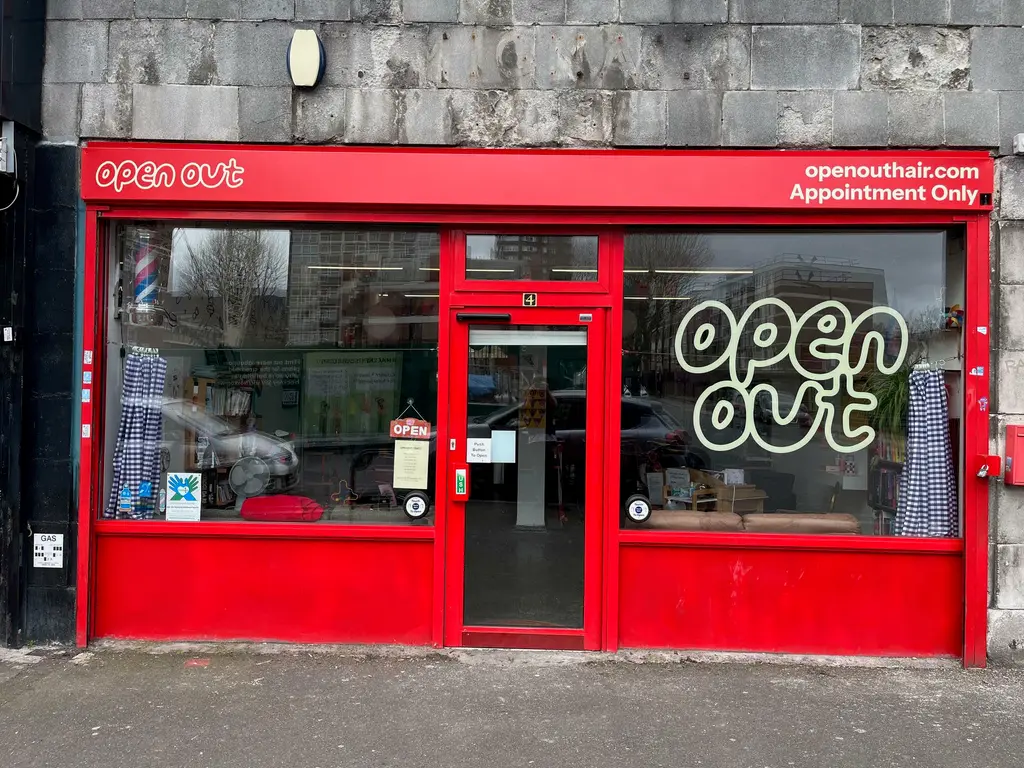
Meet the trans-led hairdressers providing London with gender-affirming trims
Open Out — Since being founded in 2011, the Hoxton salon has become a crucial space the city’s LGBTQ+ community. Hannah Bentley caught up with co-founder Greygory Vass to hear about its growth, breaking down barbering binaries, and the recent Supreme Court ruling.
Written by: Hannah Bentley
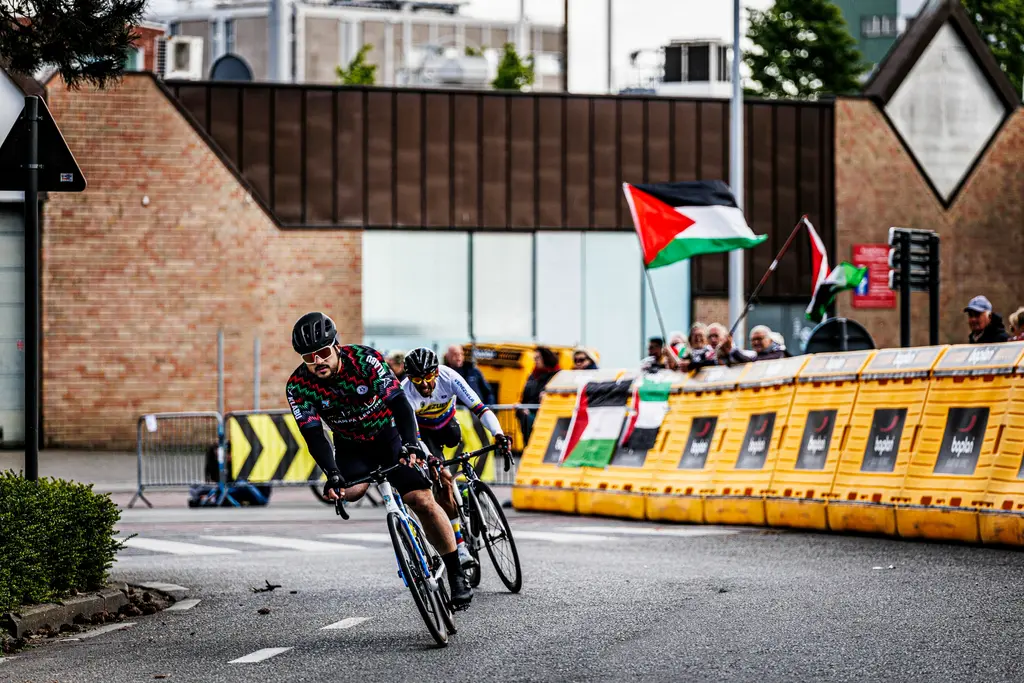
Gazan amputees secure Para-Cycling World Championships qualification
Gaza Sunbirds — Alaa al-Dali and Mohamed Asfour earned Palestine’s first-ever top-20 finish at the Para-Cycling World Cup in Belgium over the weekend.
Written by: Isaac Muk
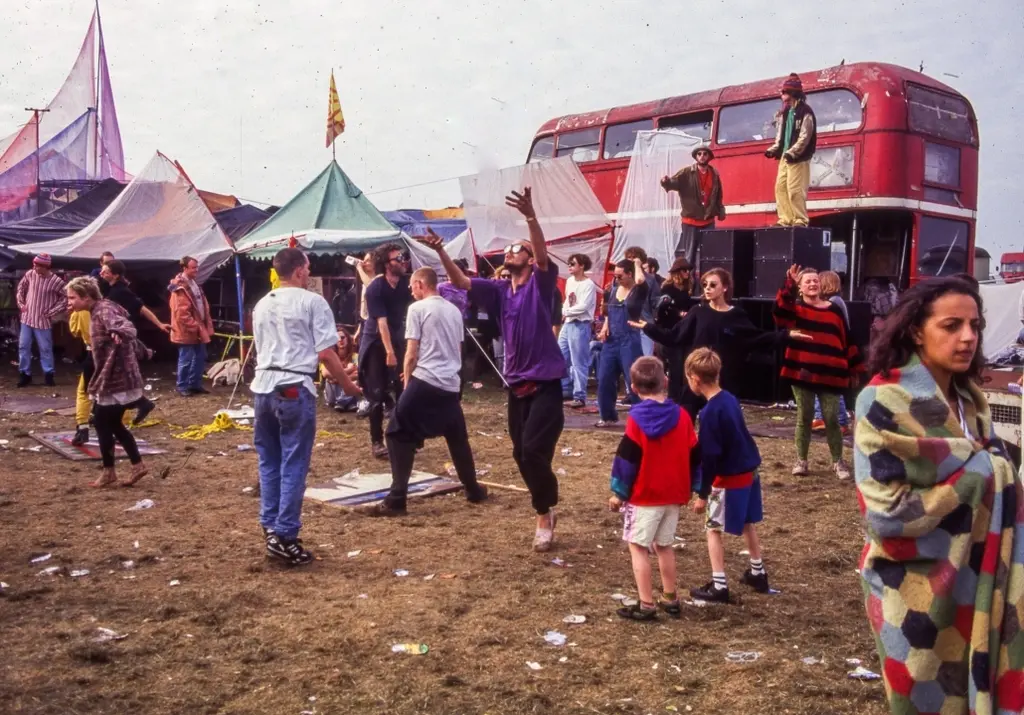
New documentary revisits the radical history of UK free rave culture
Free Party: A Folk History — Directed by Aaron Trinder, it features first-hand stories from key crews including DiY, Spiral Tribe, Bedlam and Circus Warp, with public streaming available from May 30.
Written by: Isaac Muk
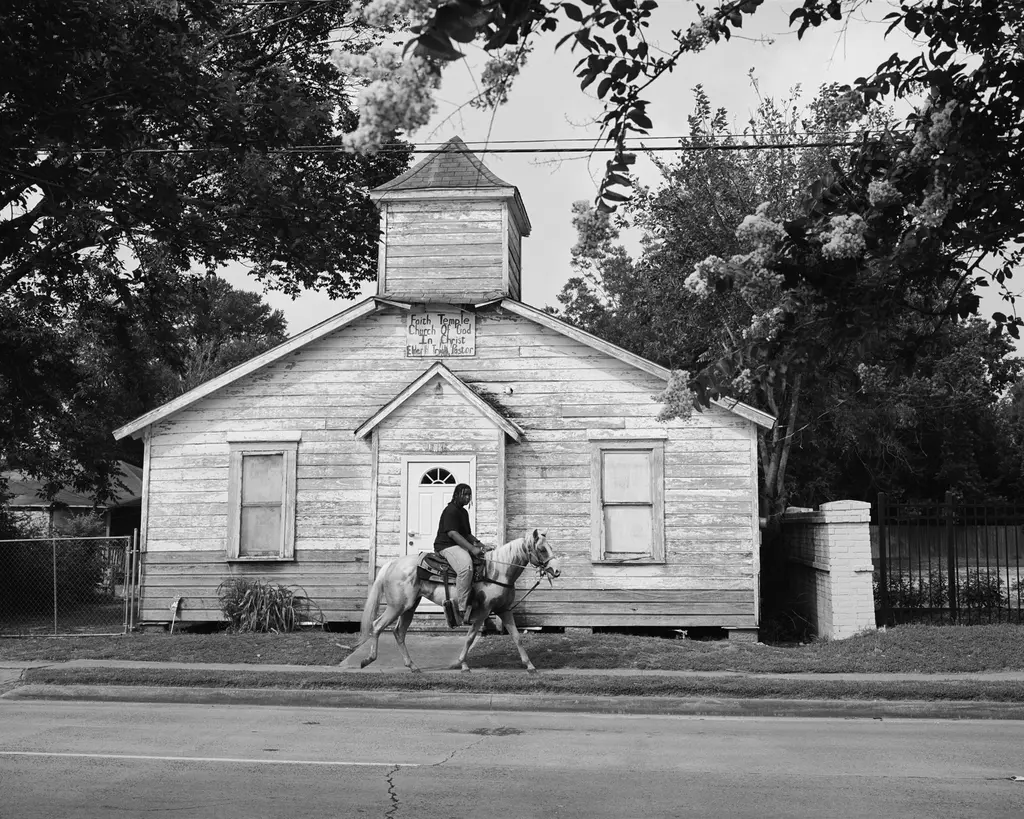
Rahim Fortune’s dreamlike vision of the Black American South
Reflections — In the Texas native’s debut solo show, he weaves familial history and documentary photography to challenge the region’s visual tropes.
Written by: Miss Rosen

Why Katy Perry’s space flight was one giant flop for mankind
Galactic girlbossing — In a widely-panned, 11-minute trip to the edge of the earth’s atmosphere, the ‘Women’s World’ singer joined an all-female space crew in an expensive vanity advert for Jeff Bezos’ Blue Origin. Newsletter columnist Emma Garland explains its apocalypse indicating signs.
Written by: Emma Garland
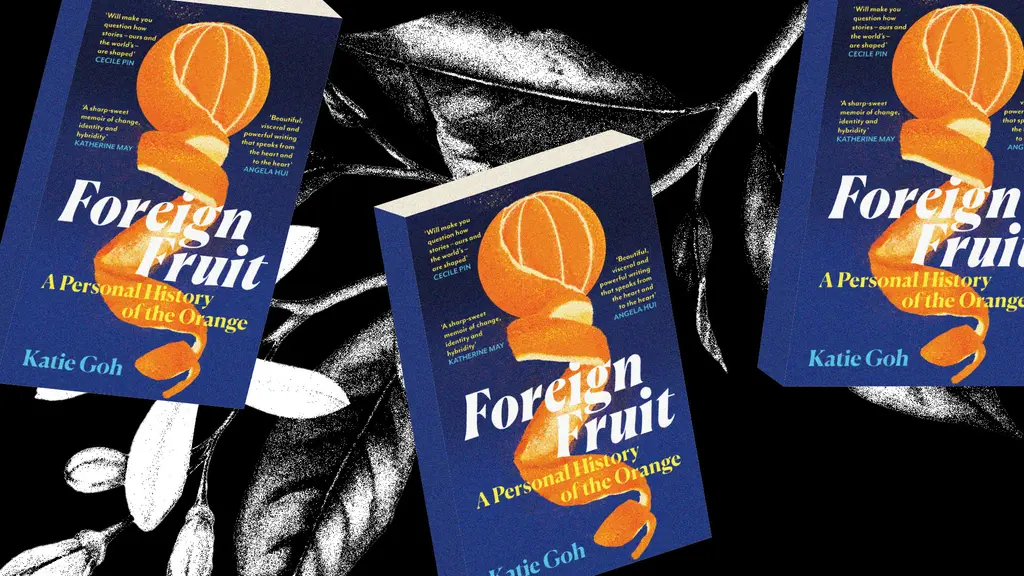
Katie Goh: “I want people to engage with the politics of oranges”
Foreign Fruit — In her new book, the Edinburgh-based writer traces her personal history through the citrus fruit’s global spread, from a village in China to Californian groves. Angela Hui caught up with her to find out more.
Written by: Katie Goh

